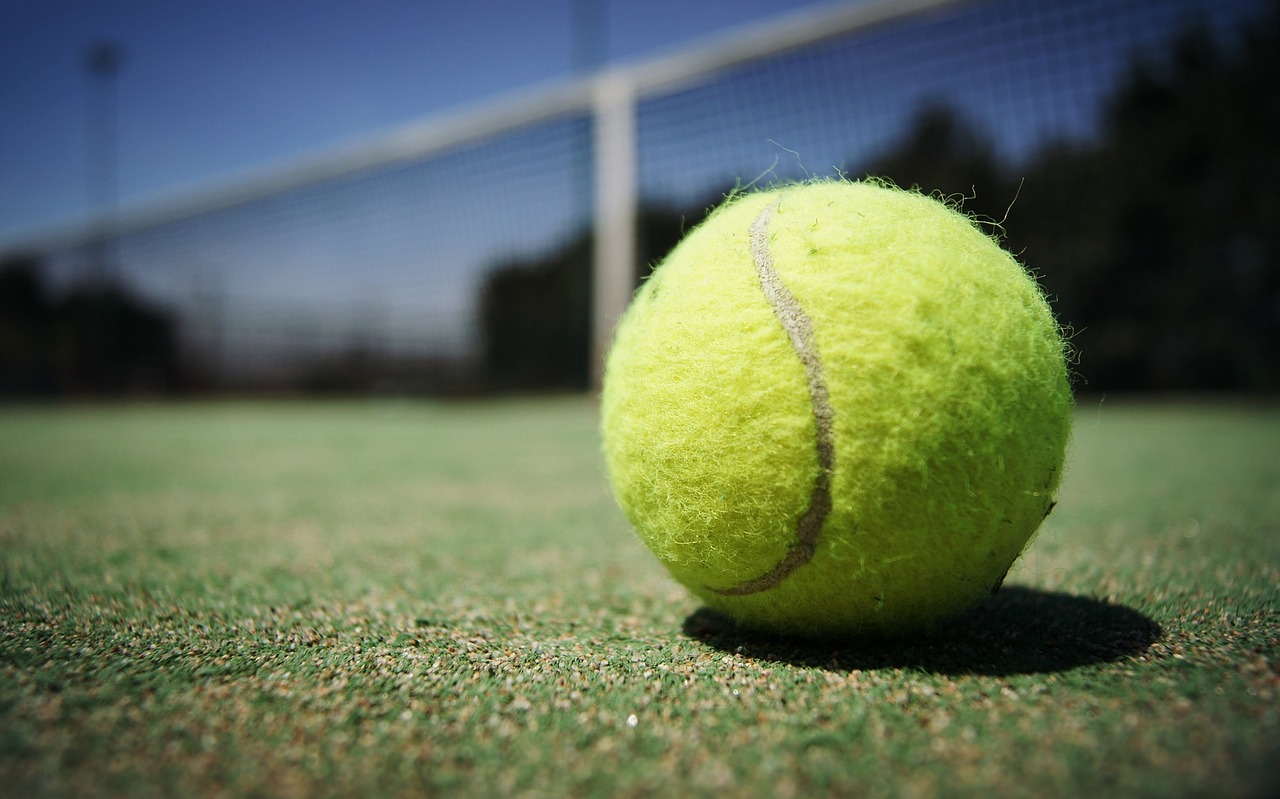If you’re considering synthetic turf for tennis courts at your school or club, as opposed to having real grass courts installed, then you’re onto the right idea.
When used on tennis courts, synthetic turf mimics the look and feel of real grass, but requires a fraction of the maintenance. In fact, it’s so much easier to maintain, that rumour has it that the bosses at the iconic All England Lawn Tennis Club in Wimbledon considered making the change to some of their courts.
So what is synthetic turf?
The synthetic green turf which is made to look like real grass is actually manufactured from a type of man-made polyethylene material. It can be used in all sorts of situations, from people looking for a low maintenance garden option, to the provision of a durable, weather resistant surface for many types of sports pitches, offering year round play for a wide range of abilities.
There are lots of reasons why people choose to install synthetic turf for tennis courts, but the biggest one has to be the fact that it’s so easy to maintain.
Anyone who has been involved in the maintenance of a real grass court will know that it requires high levels of care, in no small part down to the regular, expert mowing which is needed. This effort can be a thing of the past when you choose synthetic turf for tennis courts as it requires no complex irrigation systems, repainting of lines, rolling or mowing, whatsoever.
Synthetic turf might look like real grass, but it’s here where the likenesses end. It is also widely considered better than real grass because it is:
- highly durable (with no watering required),
- much more able to withstand wear and tear,
- a surface which can be played on all year round (as opposed to real grass courts which need to be covered up when it starts to rain).
In addition to the low maintenance benefits and excellent durability, there are other reasons why people choose a synthetic turf surface for their tennis court, as opposed to other court surfaces, such as clay, concrete, or hard courts. For example, synthetic grass surfaces are much softer to play on, which means less of an impact on hip and knee joints, as well as the fact that, if you take a fall on a synthetic grass tennis surface, it’s less likely to hurt as much.
Getting your synthetic grass tennis court installed
Once you’ve made the decision to use synthetic grass for your tennis court surface, then it’s time to choose carefully how and when you will get it installed – and most importantly, who will do it.
Only go for an experienced tennis court installation provider, who will take the time to ensure that the site (including the foundations, soil type and ground conditions) are right for your tennis court to be installed there. They should also properly consider whether the court will be affected by the surroundings (such as overhanging trees and shrubs) and exactly how the court will be positioned, in order to get the most out of play.
Get Your 100% FREE Quote Now
To find out more about getting a synthetic turf tennis court installed, get in touch with a member of our team for a free quote from a construction specialist. With around 40 years experience in tennis court installation and maintenance under our belts, we can help you make the decision that will be the right one for many years to come.

